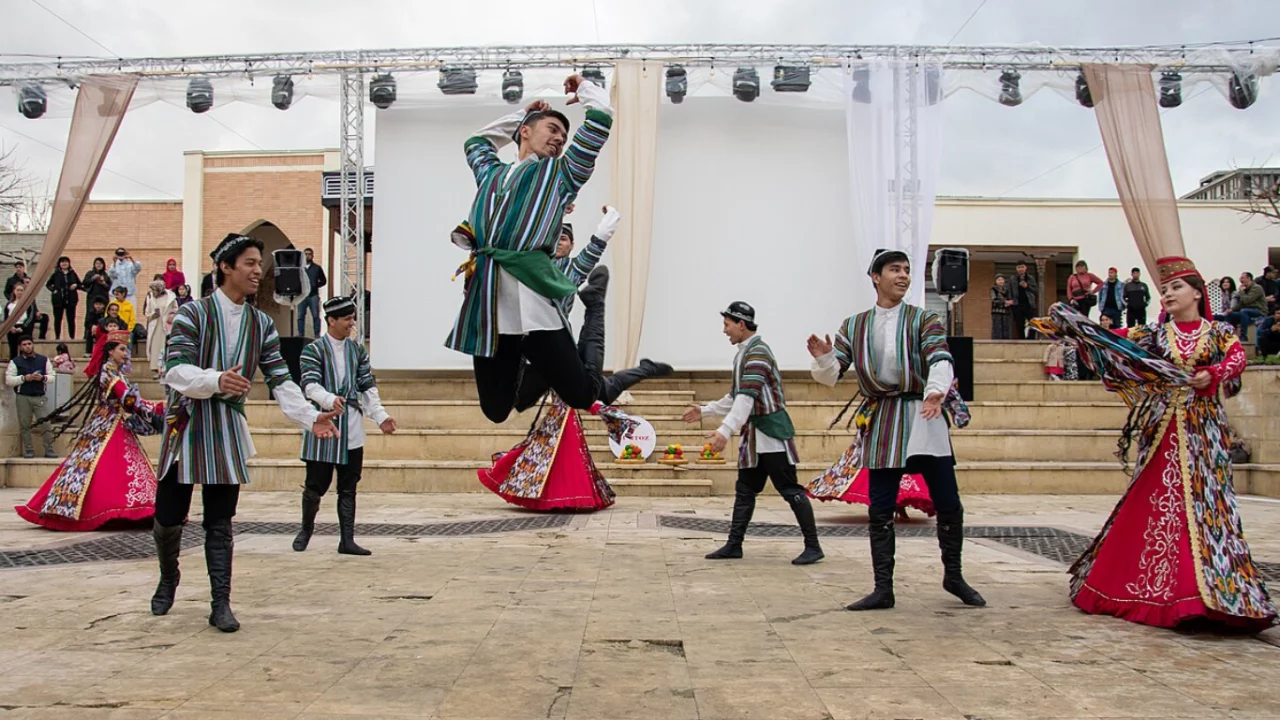
Among Uzbek folk dances, "Andijan Polka" holds a special place. This dance is popular not only in the Fergana Valley, but throughout Uzbekistan. Her cheerful steps, cheerful music, and sincere movements inspire both the audience and the performer.
The history of the Andijan Polka dates back to the end of the 19th century. During this period, a dance known as "polka," popular in Europe, entered Turkestan through Russia. However, the local people adapted it to their culture and musical traditions, enriching it with a completely new spirit. Thus, the national dance "Andijan Polka" was formed.
This dance expresses the kindness, diligence, and love for life of the people of the Fergana Valley. Music is usually played on the dutar and doira, and a fast rhythm evokes a feeling of joy and happiness in a person. Dance movements, accompanied by soft steps, playful movements of shoulders and arms, in some places show the gentle interaction of male and female pairs.
Over time, the Andijan polka was adapted for stage dances. In the 20th century, it was revised by professional choreographers and included in the repertoire of ensembles. At the same time, it has not yet lost its first joyful mood at folk holidays, weddings, and cultural events.
Today, "Andijan Polka" is valued not only as a national dance, but also as a symbol of the spirit of the people, the joy of life, and love.
Read “Zamin” on Telegram!Users of Меҳмон are not allowed to comment this publication.













